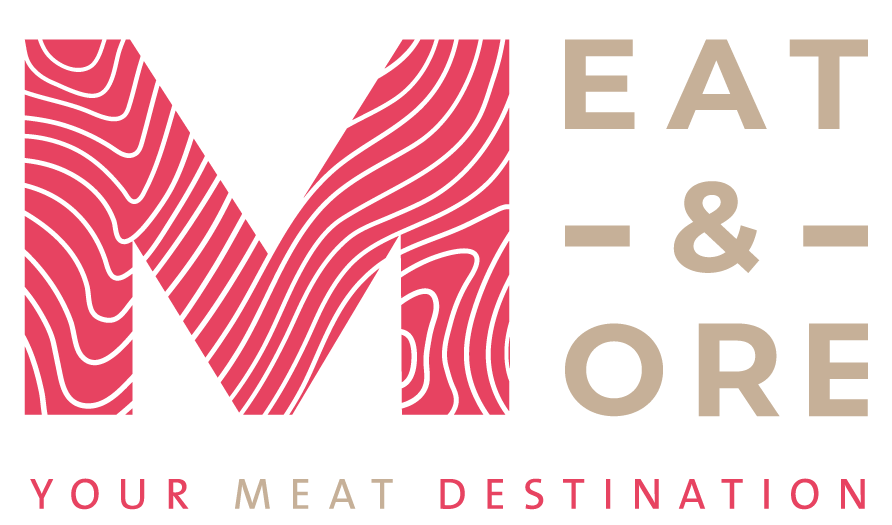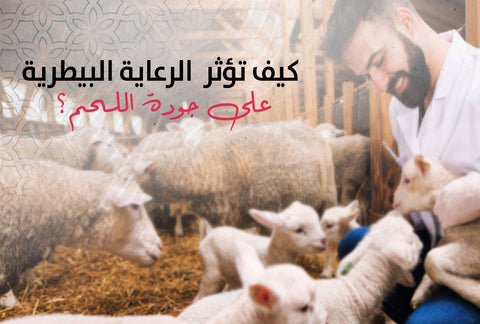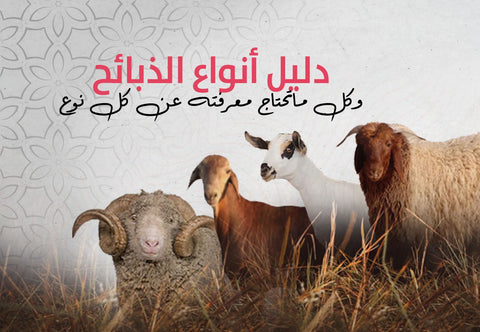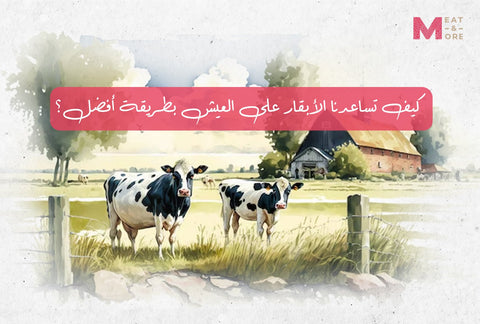Meat quality is related to breeding. The health care provided to animals is directly provided on the farm before slaughter. But does care and nutrition significantly impact the quality of meat after slaughter? And is the effect related only to the feed? After reading this article , you 'll find the answers to all these questions .
Effect of feed on meat quality:
The quality of the feed that the animal is fed on the farm directly affects the quality of the meat , and this can be observed after slaughter, as it appears in the following:
- Net weight : Cattle that are fed good plant feed are characterised by their low fat content, which is reflected in their net weight after slaughter, making their meat heavier than others.
- Colour : The meat of slaughtered animals fed on plant feed is characterised by its distinctive, appetising red colour .
- Odor : The quality of the feed is reflected in the odor of the meat after slaughter. Feed containing mycotoxins when fed to animals results in an unpleasant odor of the meat after slaughter.
- Cooking speed : The higher the quality of the feed and the lower the mycotoxins, the higher the quality of the meat after slaughter and the faster it cooks.
-
Taste : The quality of the feed directly affects the taste. We find that the meat of animals that feed on good feed is distinguished by its delicious and distinctive taste .
Effect of water supply on meat quality:
Providing the animals with the necessary water and not exposing them to thirst or excessive drinking of water has a strong effect on the quality of the meat after slaughter . You can notice this through :
- Net weight : Providing animals with adequate amounts of water and avoiding thirst before slaughter prevents the presence of false water weight and results in an appropriate net meat weight.
- Fat distribution : Animals receiving adequate amounts of drinking water ensures that fat is distributed properly throughout the body and prevents it from accumulating in a specific area or in the muscles as a result of stress.
- Colour : Providing the animal with adequate amounts of water during the rearing period gives the meat its distinctive colour and prevents any colour changes.
- Cooking speed : A lack of water available to animals before slaughter leads to dryness of the meat tissues, thus lengthening the cooking time. However, providing adequate amounts of water ensures the tissues are properly moistened and the meat is cooked quickly.
- Texture after cooking : The meat of animals that have received sufficient amounts of water during the rearing period is characterized by tenderness after cooking.
The effect of veterinary care on meat quality:
The quality of meat is affected by the veterinary care provided to the animal on the farm, but it is difficult to infer this externally and this appears in :
- Meat should be free from disease and free from any scars or deformities.
- The proper texture and tenderness of meat before and after cooking .
- The taste of meat is good when cooked because it is free of anything that can affect it.
After learning about the impact of veterinary care and nutrition on meat quality and how to deduce it, shop Meat & More products prepared from carcasses raised in specialized farms , under the supervision of a professional team specializing in veterinary care to provide quality worthy of your trust .








Comments (0)
There are no comments for this article. Be the first one to leave a message!